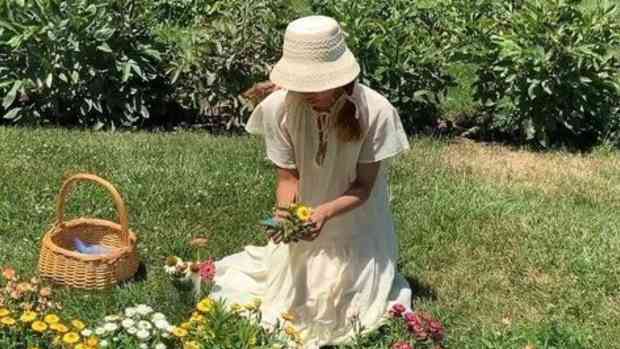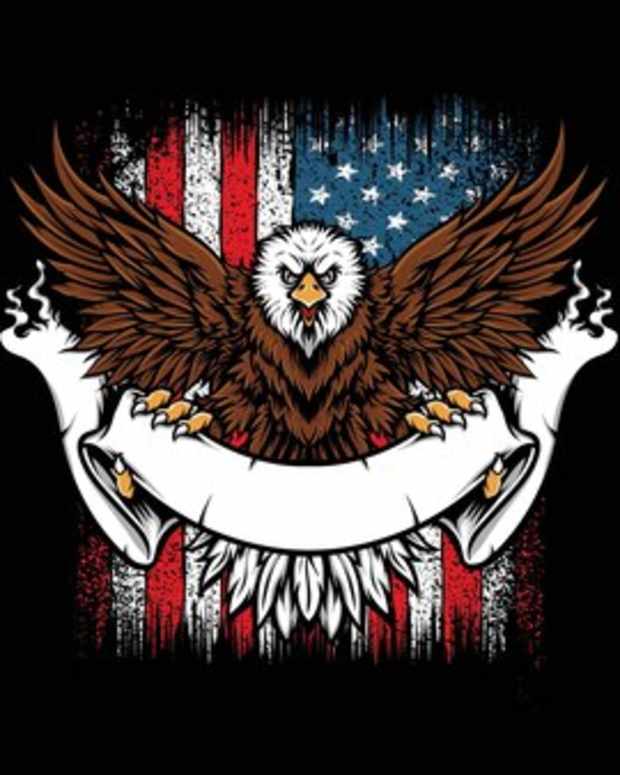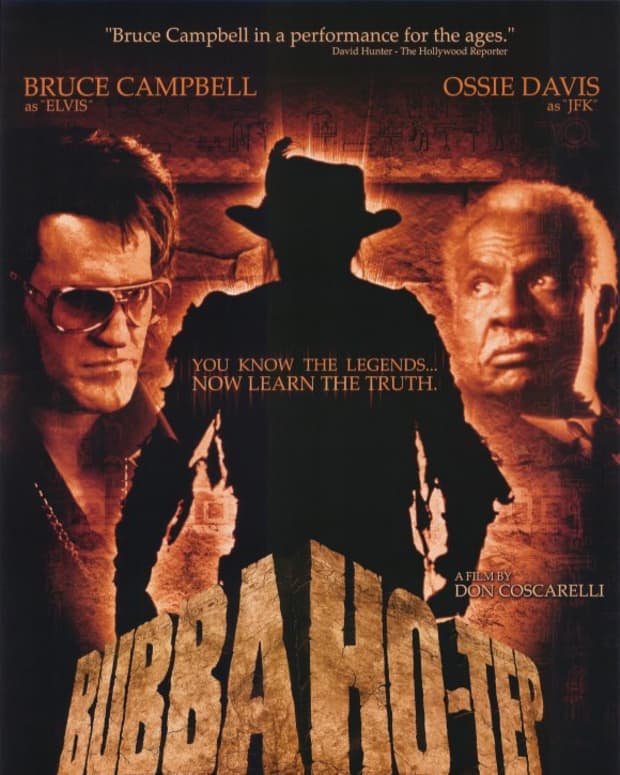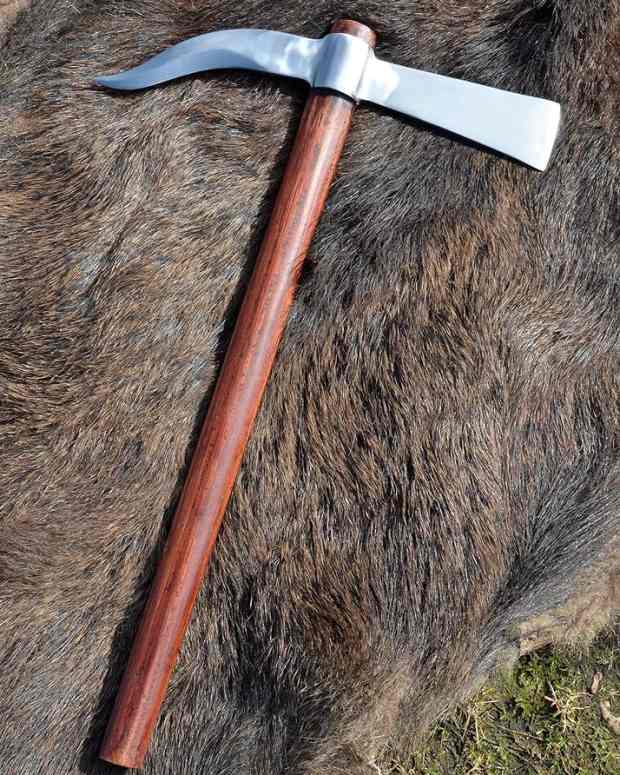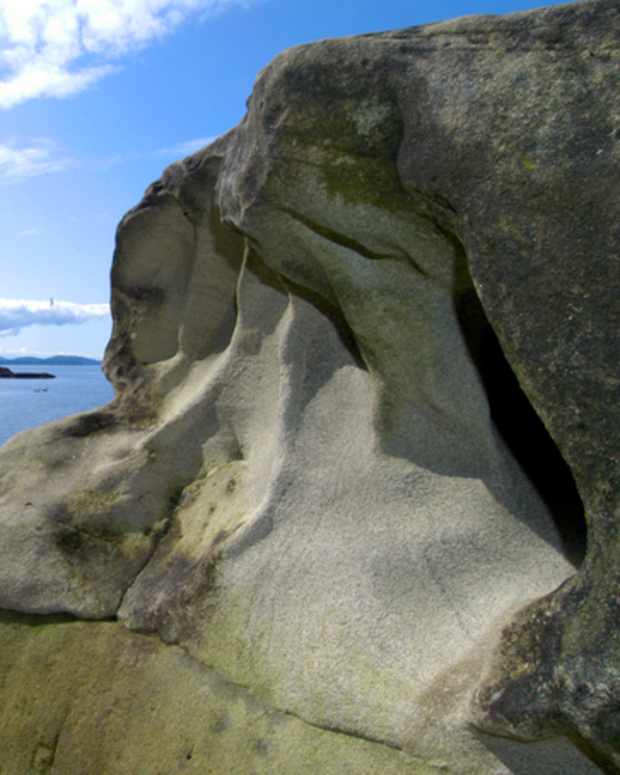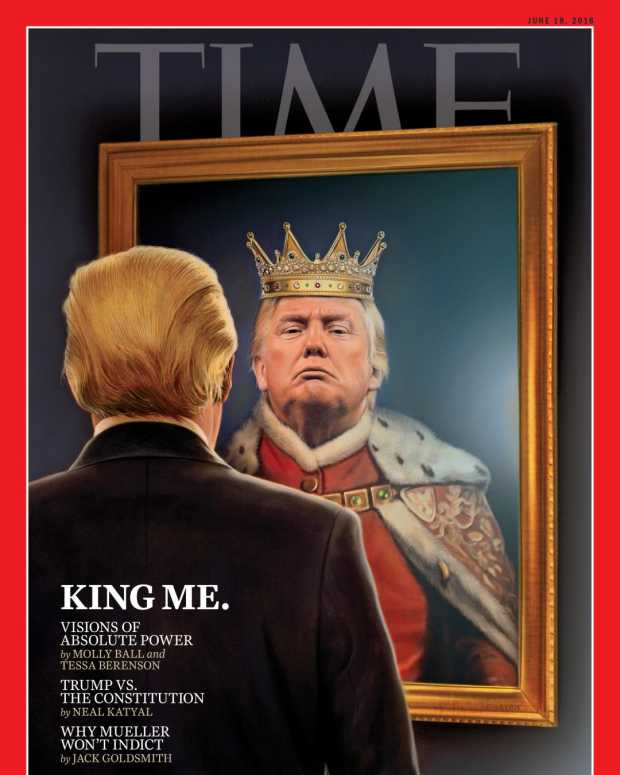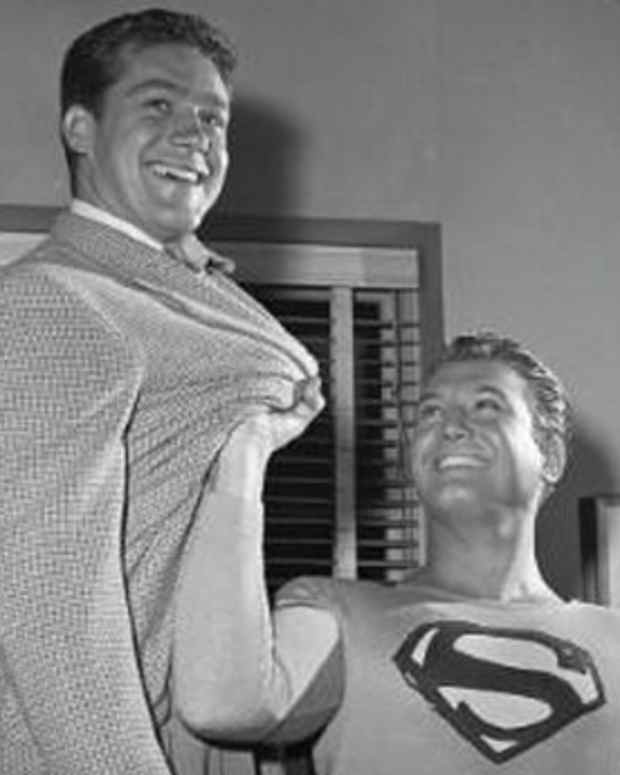The History of Improv Theatre
The theatrical experiences that capture an audience’s attention implore them to examine their human experience as well as further investigate the big questions asked by the playwright, often tackling such universal topics as religion, love, honor, and the triumph of good over evil. While notable playwrights throughout history have successfully captured in the written word the sufferings and joys of the human condition, there is no artistic forum that more accurately, or fleetingly, depicts the present state of society and bonds an audience than improvisation. Unlike the foundations of professional acting itself, there are few historical records to clearly pinpoint an official beginning of improvisation. This is because, according to Uta Hagen in A Challenge for the Actor, a degree of improvisation is involved in defining each moment of our life.
However unclear the beginning of the art of improvisation may be in the academia of Theatre History, its influence on contemporary theatre as well as the crucial role it plays in the once popular (and still culturally referenced) Commedia dell’Arte suggests that while it mumbles indistinct beginnings, the art of Improvisation is a necessary incorporation into the educational curriculum vita of an aspiring actor.
To understand the importance of improvisation in a theatrical education, one must first look at the first major occurrences of improvisation throughout history. There have been texts created at the moment of performance, which is referred to as improvisatory presentation, which was likely how the Atellan farce – improvised farces that dealt with family problems as well as poking fun at historical and mythological figures – came to be so popular among the Roman citizens. The Atellan farce became a literary genre in the first century B.C.E as Roman authors began to write down the humorous and unplanned antics that occurred on stage, making the Atellan farce arguably the first well known improv troupe on record in theatre history. This is not to say that there were no improvised theatrical performances before the Atellan farces on record; On the contrary, as far back as the 10th century B.C.E there have been historical references to secular entertainers in China, as well as court jesters. Additionally, if one looks at Greece in the 6th century B.C.E they will find Dithyrambic Improvisations. Greek tragedy itself may have originated from dithyrambs, songs sung in praise of Dionysus at the annual City Dionysia. As Edwin Duerr states in The Length and Depth of Acting, “At first, as choral leader of the dithyramb, a hymn usually honoring Dionysus, the Greek priest led a chorus of fifty in narrating, largely by improvisation, some incident in the deity’s life.” While the poet Arion is credited for developing the dithyramb into formalized narrative sung by a chorus, it is said to have begun as frenzied improvisations in 600 B.C.E.
The Atellan Farces and Beyond
Even directly before the Atellan farce came about, there existed in Rome the Etruscan Dramatic Ceremonies and dancing. The point remains, however, that the Atellan farces are the earliest well known innovations of improvisation in theatrical performance. This paved the way for future generations of artists, giving them inspiration and information to build upon the groundbreaking theatrical advances of the ancient Greek and Roman eras.
Following the Atellan farces, a numerous amount of improvisational performance pops up throughout history. This includes the Fesciennine Verses in Rome consisting of improvised abusive dialogue exchanged between clowns during harvest events, which Horace claims is the very derivative of Latin drama. In the same vein, the publication of Aristotle’s Poetics noted the role of improvisation in the birth of drama itself in roughly 335 B.C.E. Small appearances and literary mentions aside, it is not until the arrival of the Italian Renaissance, the cultural rebirth of Italian society, that the art of improvisation makes a roaring comeback into the historical records, in the form of the Italian Commedia dell’Arte; or “a play of professional artists.” The Italians in the Renaissance period were very much inspired by the ancient Greek and Roman theatre. According to Edwin Wilson and Alvin Goldfarb in Living Theatre: A History of Theatre, “The renewal of interest in classical dramatic traditions was inspired by several developments: (1) a revival of the teaching of Greek by such noted scholars as Manuel Chrysolaras at the close of the 1300s; (2) a transfer in 1453 of surviving Greek and Roman manuscripts to Italy after the fall of Constantinople, which had been the center of the eastern Roman empire; (3) the publication of all the extant plays attributed to Aeschylus, Sophocles, Euripides, Aristophanes, Plautus, Terence, and Seneca; and (4) the dissemination of the writings of Aristotle and Horace. (132)”
Inspiration of the Ancient Greeks
It stands to reason, then, that the development of Commedia dell’Arte was inspired by the improvisational innovations of the Atellan farces and mimes in the Greek and Roman eras. Beginning early in the 1500s and flourishing by 1550-1575, this unwritten comedy featured a series of dialogue completely made up on the spot, though the characters, plot and locale were pre-set. Similar to the Atellan farces, which featured recurring stereotyped characters wearing masks and stock costumes, the Commedia dell’Arte featured a cast of stock characters, all but the lovers (the innamorati and the innamorate) and the serving maid. The characters were pre-set, as well as the situation and locale (the latter two of which are generally pre-set in modern day improvisation as well), and the majority of scenarios had been performed so many times that the actors in the troupe had an arsenal of familiar scenarios and eventually got into a groove together as far as playing off of each other is concerned. The majority of these comics considered themselves anti writing, and anti-author. In fact, in between 1618 and 1622, Basilio Locatelli gathered one hundred and three of these improvised scenarios. In the preface of his published work of the aforementioned improvised scenarios, he stated that “If in these times I have not observed all the desirable precepts of poetic art, remember that they are intended for extempore representation.” This is to say that the improvised art that occurs at said guild performances (as that is the translation of arte) is made up on the spot, and is representative especially of that moment in time or history. To take it out of the moment it was birthed in, is to take it out of context and is impossible to be properly appreciated for the genius it is. This is quite literally Locatelli’s early 1600s (and eloquently dressed up) version of “You had to be there, man.”
Commedia dell'Arte
The stock characters in Commedia dell’Arte almost always consisted of ten actors – seven men and three women. As previously stated, the characters were set in place, (Names were fluid, however, especially among the innamorate or the innamorato) as were the events that took place once players were given a location and thin line of plot to work with. Excluding the innamorati, the two unmasked characters with the only character motivation being to fall in love, the characters are as follows, according to Wilson and Goldfarb in Living Theatre: History of Theatre: “A lecherous, miserly old Venetian, Pantalone; a foolish pedant who was always involved in his neighbors’ affairs, Dottore; a cowardly, braggart soldier, Capitano; and servants known as zanni, who were sometimes sly and sometimes foolish. Arlecchino, or Harlequin, was the most popular, with other well-known characters including Brighella, Scopamuccia, and Pulcinella.
While the beginning of the history of improvised dramatics was more scattered, the emergence of Commedia dell’Arte in the Italian renaissance was a true marker for improvisational history – as the Commedia dell’Arte is the art form most commonly referred to when supporting or educating one on the early days of improvisation, it stands to reason that in the education of improvisation, the mention of Commedia dell’Arte is not far behind in the dialogue between instructor and student. One could go so far as to say that in delving into the art of improvisation, the discovery of the heart of theatre and performance is at one’s fingertips.
The stock characters in Commedia dell’Arte – which were originally evolved from characters of the ancient mimes – were later refined and furbished into concrete characters in plays by later playwrights. In addition to this, stark comparisons can be drawn from the drama of Commedia dell’Arte to dramatic works as recent as Charlie Chaplin, the Marx Brothers, Laurel and Hardy, Abbott and Costello, and the Three Stooges. All of these classic (for the recent time period) entertainment vehicles feature the stock characters, especially the Marx Brothers, who employ the stock characters with mild alterations, stock costumes – Groucho’s stoop walk and always present cigar, Harpo’s horn and long trench coat, etc., and even the standard lazzi, slapstick comedy and physical humor. As with Commedia dell’Arte, while the actors had specific characters and a thin plot line to follow, the majority of their interactions was improvised.
As odd as it may seem to cite Roman or Greek influence in a dramatic form made up literally on the spot, regardless of the subject matter dealt with in the present tense (as that is purely at the mercy of the state of society in the historical period – while the Atellan farces poked fun at mythological figures, modern day Improv Troupes might hark to the Oil Crisis, or Occupy Wall Street), the art of improvisation itself is as old, if not older than, Aristotle himself. This art form is unique in that way – when watching an Improv performance in modern day, one is witnessing literally the birth of new ideas and dramatic interactions before their very eyes, as well as an art form that is possibly as old as social interactions themselves. As a dramatic scholar must entertain both new and old ideas at the same time, as well as have a cohesive understanding of the origins of theatre and the influences theatrical predecessors had upon their followers, there is no other component of an educational curriculum that provides this as well or as innovatively as the study of Improvisation – an art as old as time, and as recent as one would like it to be.
Comments
Kate on November 01, 2014:
citations?
Me on February 08, 2012:
Borrrring
mariofa from Italy on January 05, 2012:
very nice article thanks for sharing
Karen Zeilman on January 05, 2012:
This is an interesting topic. I am glad to see someone write about the arts.






